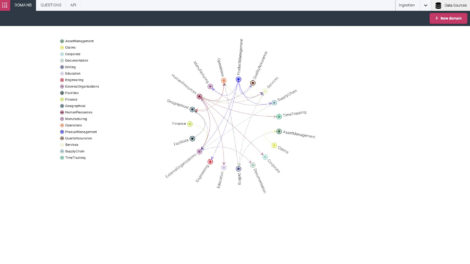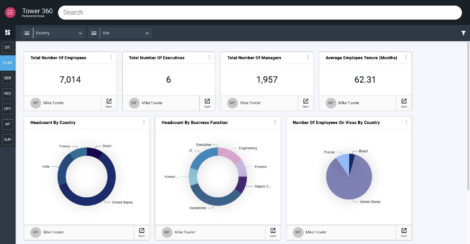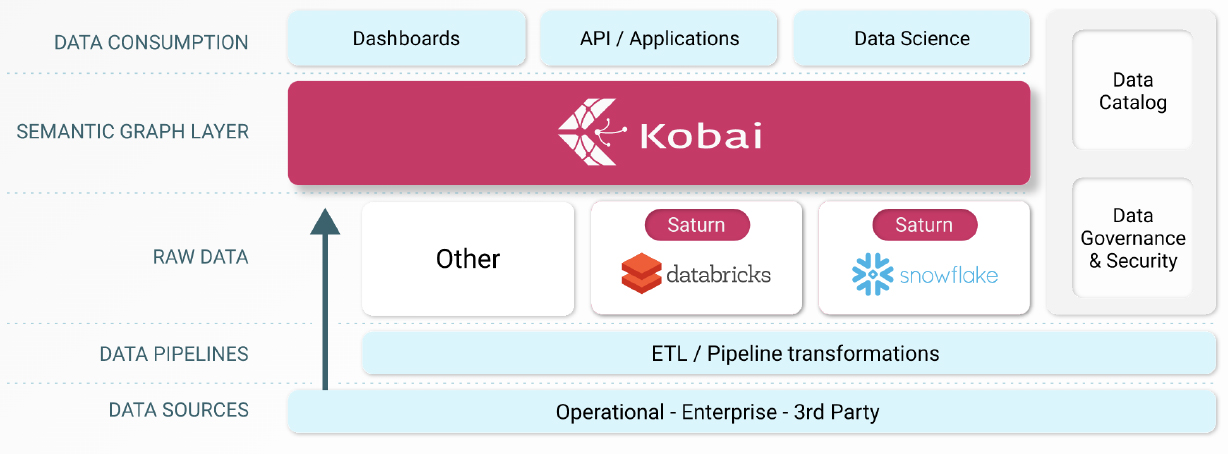Men are from Mars, graphs are from Kobai Saturn
Published:
Content Copyright © 2023 Bloor. All Rights Reserved.
Also posted on: Bloor blogs

To get straight to the point, Kobai Saturn is a recently released RDF graph backend from Kobai, with its general availability arriving earlier in 2023. It joins Kobai Studio, the company’s codeless graph authoring interface, and Kobai Tower, its integrated graph visualisation offering, to form the company’s knowledge graph platform.
The company’s first commercial product release was actually in 2021, but until the release of Saturn it was dependent on other graph products to build the underlying graph, and was essentially a sort of sophisticated graph visualisation tool as a result. It was founded by ex-members of GE to help enterprises deal with complex data management issues, and the solution they landed on was to use semantic knowledge graphs to empower largely non-technical enterprise users. As such, ease of use and collaboration are at the forefront of the company’s efforts. It is still a small company, employing just over 20 people, but it has a promising customer pipeline and revenue growth projections.
The basic idea behind Kobai is to provide business users and subject matter experts (SMEs) the means to build and interact with knowledge graphs, when historically at least the former (and sometimes the latter) has been the domain of developers and other technical users. This makes a lot of sense as a goal, because of course it is the SMEs who have the most valuable inputs to make to a knowledge graph – that’s part and parcel of being an SME. As such, there is a great emphasis on Kobai knowledge graphs being created without the need for code, using self-service tools that operate using recognisable business terms.
A second emphasis is on collaboration, and on solving “collaborative complexity”, i.e. making it easier for two or more people to work together, using knowledge graphs. Saturn itself embraces this sense of collaboration, as it actually works by embedding itself inside either a Databricks or Snowflake lakehouse, augmenting the existing lakehouse architecture with semantic graph technology. All of your actual data remains in the lakehouse, meaning that Saturn inherently separates storage from compute and is scalable with the lakehouse. Kobai Studio and Tower then sit on top of the lakehouse (and Saturn) as a semantic graph layer. In addition, Saturn itself is not mandatory to the overall Kobai offering – you can still leverage Kobai Studio and Tower on top of a third-party graph, without using Saturn at all. Indeed, they operated on their own for two years before Saturn even existed.
Basically, what I’m getting at is that the Kobai suite of graph products is generally atypical, but really smartly designed to provide the benefits of the knowledge graph to the enterprise in an easily accessible form. I highly suggest that anyone with even a passing interest in graph (actually, perhaps especially those of you with only a passing interest in graph) check it out.



